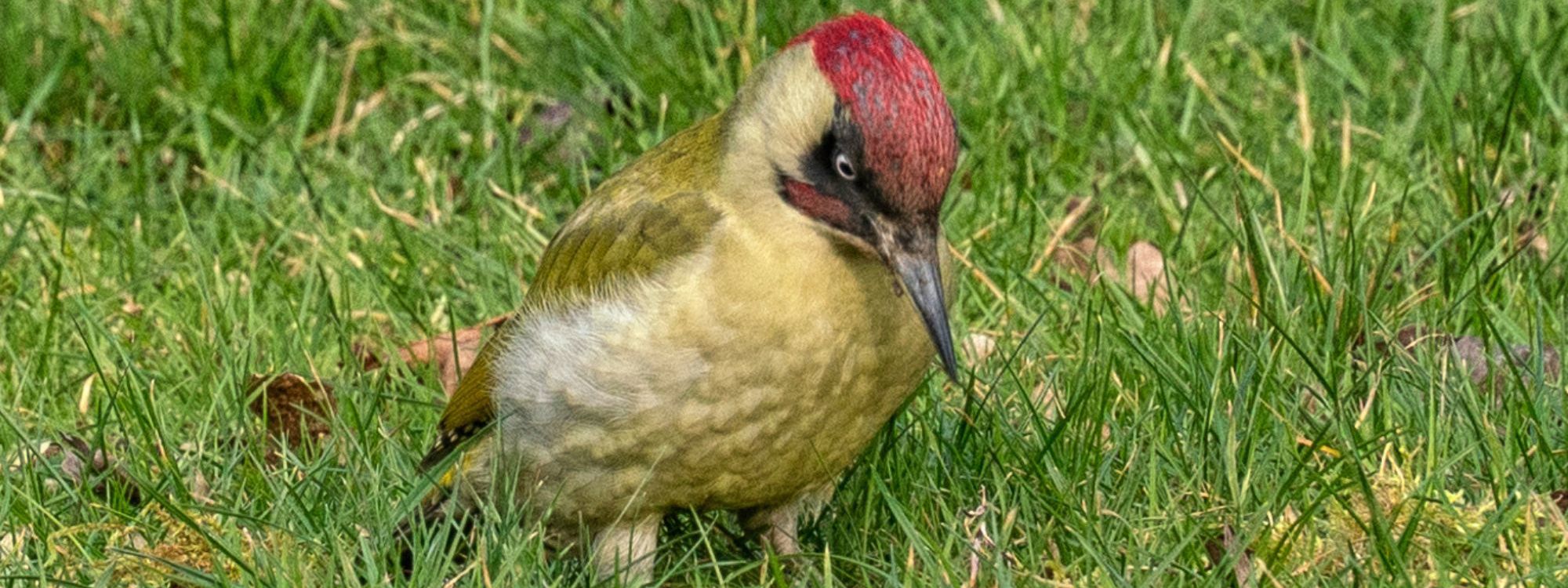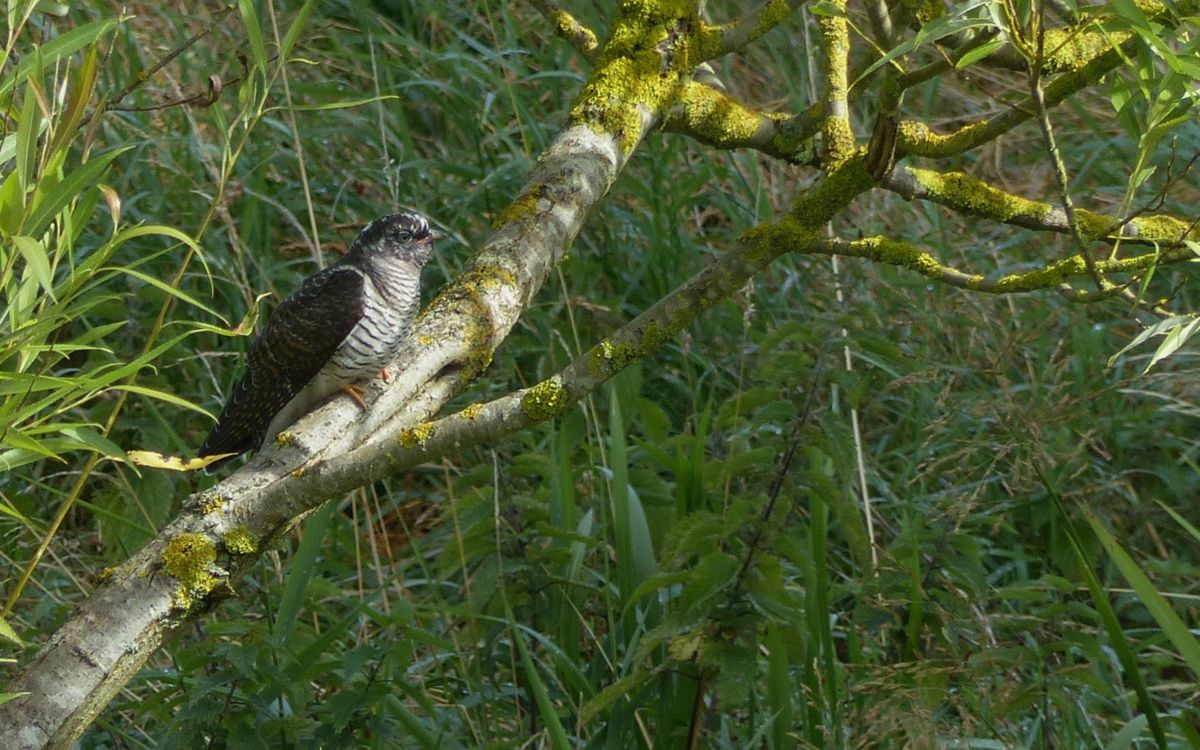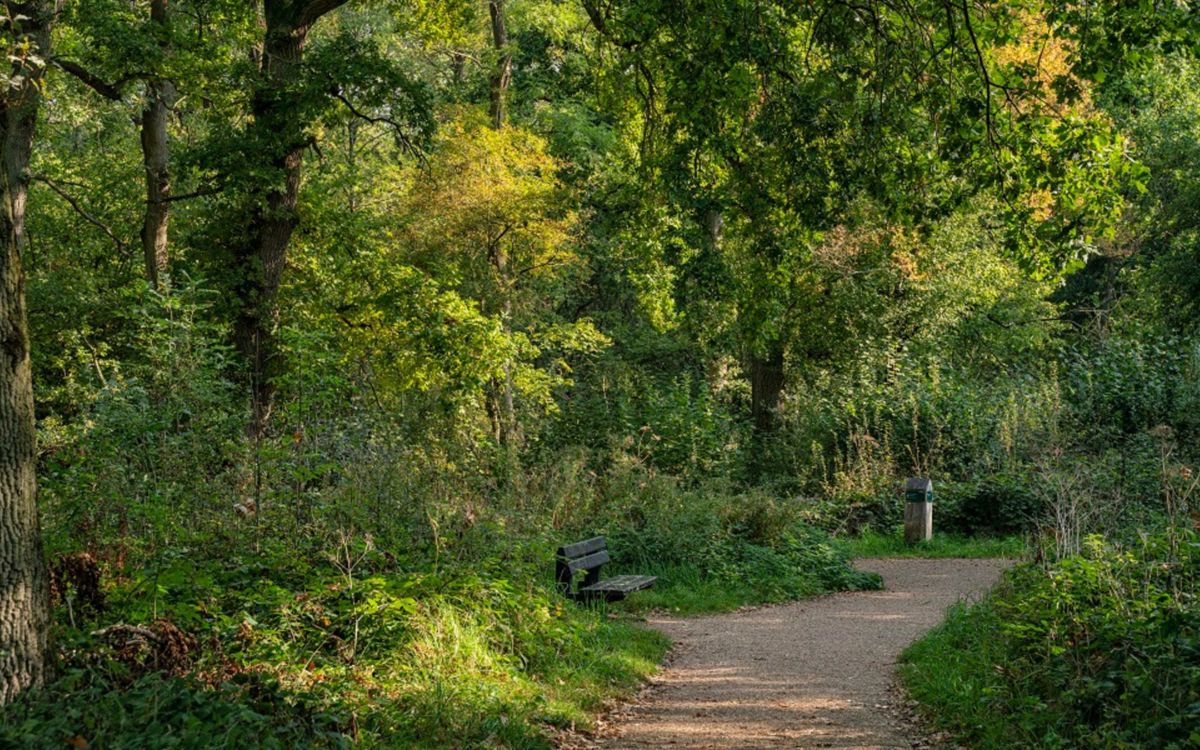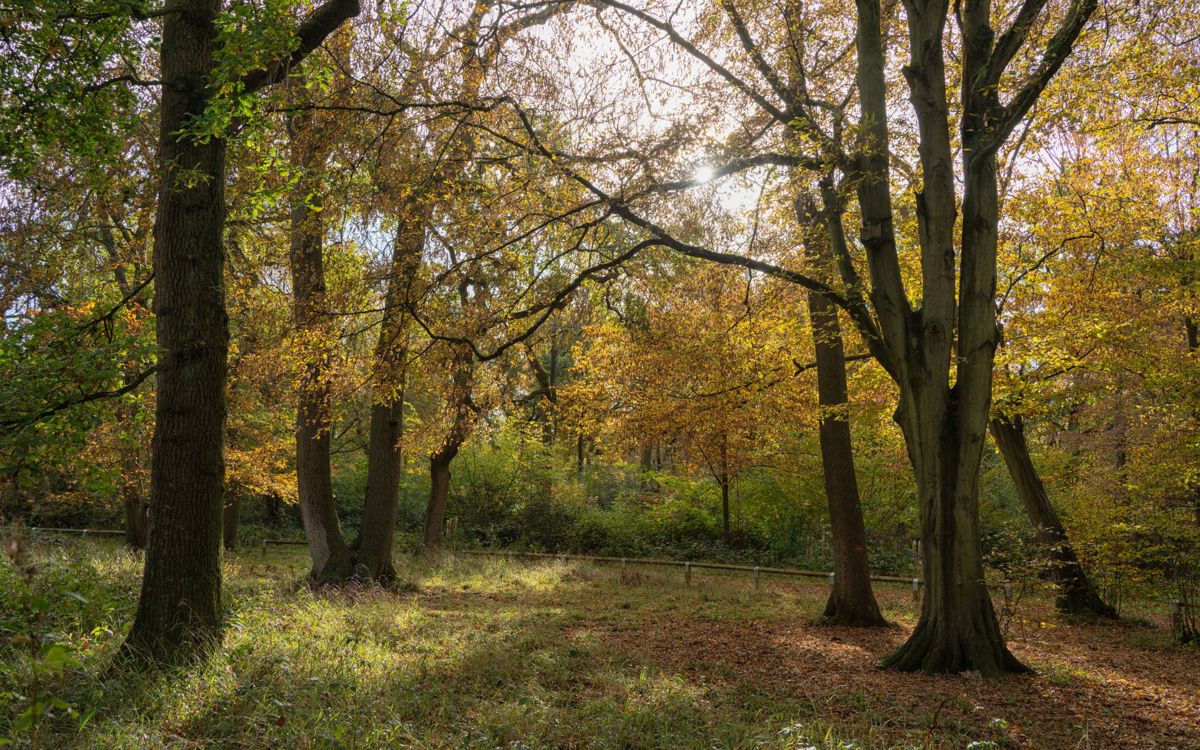
Photo credit: Harry Appleyard

Woodland birds are able to thrive in Milton Keynes due to the breadth of habitats available to them, such as hedgerows and ancient woodland. Within the woodland itself, birds occupy multiple ecological niches, from the top of the tree canopy all the way down to the leaf litter and ground flora. You will find birds utilising a vast majority of what a woodland has to offer. Woodland birds range from the tiny Goldcrest and Common Wren to the Tawny owl and Red kite. The term ‘Woodland Bird’ also encompasses seasonal visitors such as the Cuckoo and House Martin.
Photo credit: Harry Appleyard

Since 2015, 59% of woodland birds have shown population decreases (NHM, 2023), with a long-term overall decline of 27% since 1970 (BTO, 2020). It is suggested in the latest research that their decline may be due to an increase in intensive farming practices, such as the usage of pesticides. As is the case with most wildlife, birds are declining due to habitat loss, where the suitable habitat remaining is unable to support the previously seen populations of woodland bird species. Bird populations are a good indicator of the general health of an ecosystem, as they respond to changes and environmental pressures that may impact other species and are heavily studied, meaning these changes can be identified easily. All British birds are protected under the 1981 Wildlife and Countryside Act, making it illegal to disturb the nest or egg of any bird.


